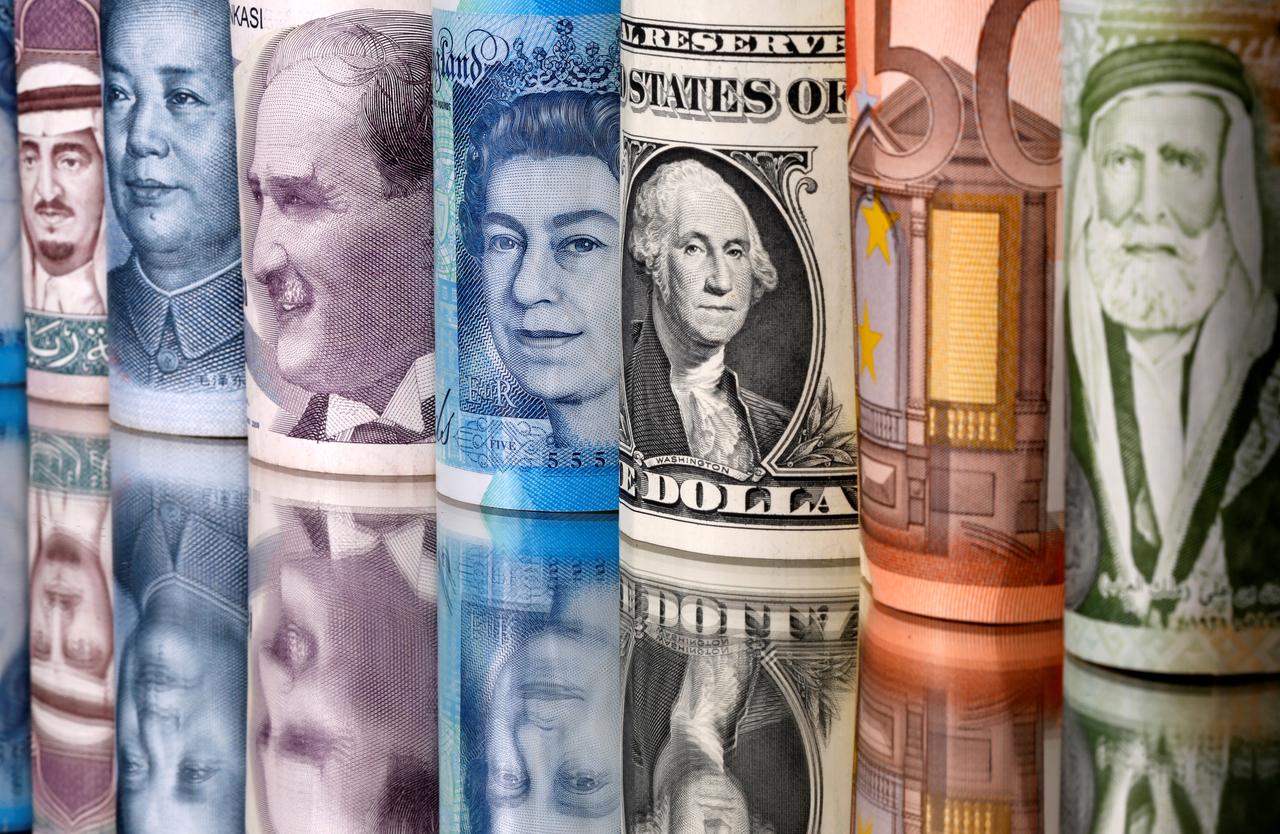EQUITIES
Shares in Asia-Pacific were mostly higher in Wednesday trade as investors continue monitoring the intensifying crisis surrounding Ukraine.
Mainland Chinese stocks were higher by the afternoon, with the Shanghai composite gaining 0.55% and the Hong Kong’s Hang Seng index advancing 0.69%. South Korea’s KOSPI climbed 0.0.49%, while the S&P/ASX 200 in Australia recovered from earlier losses, last up 0.49%.
Markets in Japan are closed for a holiday.
Overnight on Wall Street, the S&P 500 declined 1.01% to 4,304.76 - down 10.25% from its record closing high of 4,796.56 set on Jan. 3, leaving the index in correction territory. The Dow Jones Industrial Average closed down 1.42%, at 33,596.61 while the Nasdaq Composite dropped 1.23% to 13,381.52.
OIL
Oil prices took a breather on Wednesday after surging to seven-year highs in the previous session as investors eyed international responses after Russia sent troops into parts of Ukraine.
While the crisis over Ukraine has added further support to an oil market, traders reckon the first wave of U.S. and European sanctions on Russia would not disrupt oil supply. German Chancellor Olaf Scholz on Tuesday announced he was halting the certification of the Nord Stream 2 gas pipeline, an important future energy source for Europe's largest economy.
And at the same time, the potential return of more than 1 million bpd of crude from Iran to the market also kept a lid on prices.
The Brent now traded at $97.14 per barrel, while the U.S. crude futures traded at $92.21 per barrel.
Overnight, the Brent futures ends at $96.84 a barrel after soaring as high as $99.50, the highest since Sept. 2014, while the WTI crude oil prices closed at $92.35, after hitting $96, also the highest since 2014.
CURRENCIES
The yield on the benchmark U.S. 10-year Treasury note last sat at 1.941%. It crossed 2% in recent weeks as investors reposition themselves ahead of expected rate hikes by the U.S. Federal Reserve. The Treasury yields also remains supported following the first wave of U.S. and European sanctions on Russia for sending troops into eastern Ukraine.
Meanwhile the dollar index, which tracks the currency against major peers at 96.047, barely changed this week.
The Russian rouble slid to 78.6683 against the U.S. dollar, touching its lowest level against the greenback since November 2020, before reversing course. Russian dollar bonds also extended their losses a little after the U.S. sanctions were announced, with longer-dated issues slipping to record lows trading in the mid-90s, data showed. The premium demanded by investors to hold Russian debt over safe-have U.S. Treasuries blew out to 329 basis points, the widest since the COVID-19 pandemic market rout in spring 2020.
The Reserve Bank of New Zealand announced its third consecutive rate hike on Wednesday, lifting its benchmark cash rate by 25 basis points to 1%, as expected.
GOLD
Precious metals eased from overnight highs but remain bid on nerves about war. Spot gold was flat to $1,896.90, holding near a nine-month high hit in the last session. U.S. gold futures shed 0.4% to $1,899.30.
ECONOMIC OUTLOOK
Asian stocks steadied on Wednesday and demand for safe-havens waned a little as investors held on to hopes that Russia's deployment of troops to two breakaway regions in eastern Ukraine would be as far as Moscow went, while regarded initial Western sanctions as leaving room to avoid a war.
The tensions reached crisis point this week when Russia ordered troops into Donetsk and Luhansk regions of eastern Ukraine to "keep the peace", which prompted the U.S. President Joe Biden to announce sanctions against Russian banks and the country’s sovereign debt, among others, and threatened to go further if Moscow launched an all-out invasion of its neighbour. The European Union and Britain also announced plans to target banks and Russian elites, with German Chancellor Olaf Scholz warning that the Nord Stream 2 gas pipeline would now be denied certification to begin operating.
Those geopolitical concerns also have added to recent worries about the possible path of the U.S. Federal Reserve's interest rate hikes as the central bank attempts to rein in inflation at 40-year highs.
Wheat futures had also leapt, posting the sharpest leap in 3-1/2-years and corn futures hit an 8-month high on concern that conflict could disrupt grain supply from the Black Sea export region.














